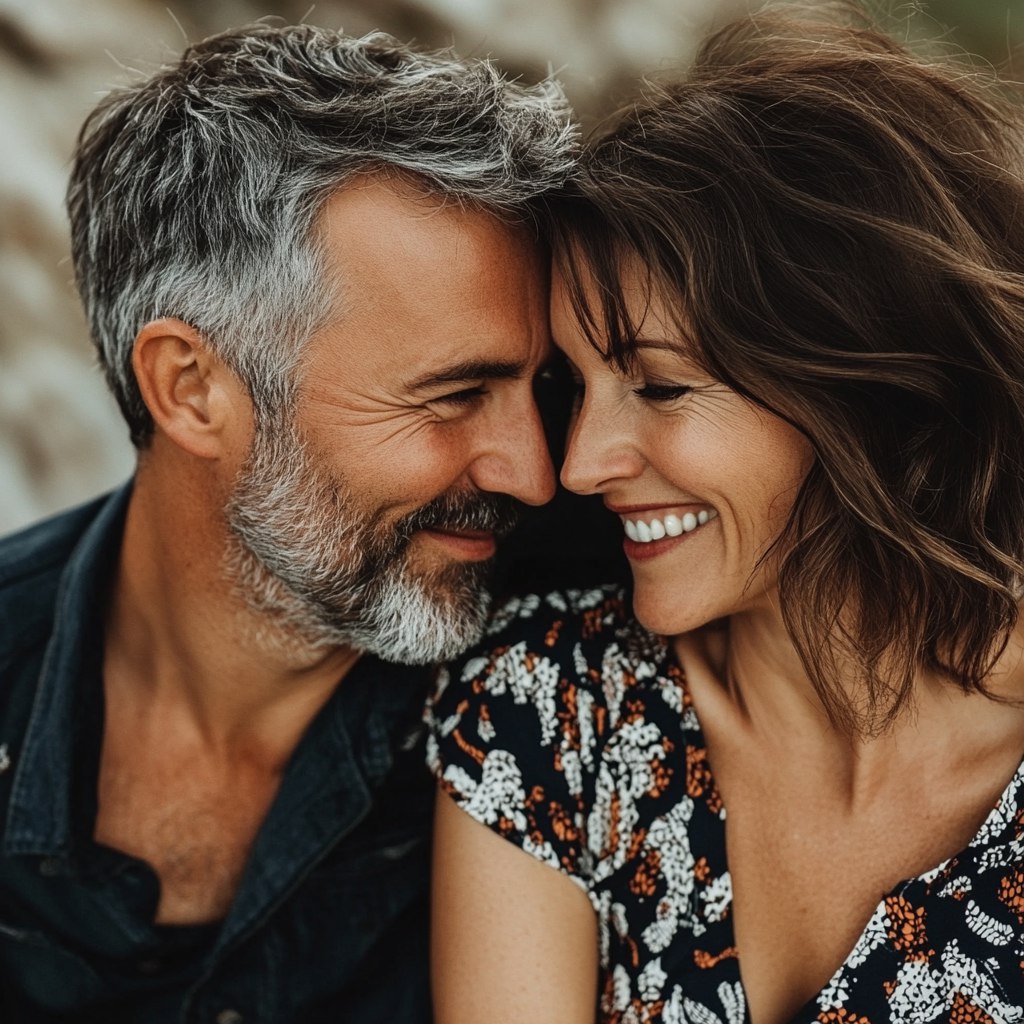Hugs are a universal expression of affection, support, and emotional connection. These simple gestures transcend cultural and linguistic boundaries, offering a tangible way to communicate feelings. Let’s explore the different types of hugs, their meanings, and the emotional and physical benefits they provide. From the heart-to-heart hug to the bear hug and side hug, every type carries a unique significance.
Understanding Different Types of Hugs
- Heart-to-Heart Hug
The heart-to-heart hug involves aligning your hearts while embracing. It’s more than a physical act—it’s a gesture that signifies a deep emotional bond. With bodies touching and a connection that may last a long time, this hug creates a moment of profound closeness. - Bear Hug
A warm and strong type of hug, the bear hug symbolizes security and unconditional support. With arms around tightly, it’s often shared between close friends, romantic partners, or loved ones. A tight bear hug offers both comfort and strength. - Side Hug
Casual yet caring, the side hug is often used in friendly or social settings. With one arm around the other person, it’s a polite and non-intrusive way to show camaraderie. The side hug conveys care while maintaining personal boundaries. - Friend Hug
The friend hug is a platonic embrace, with arms around the upper body to avoid intimate zones. It’s an ideal way to express warmth and friendship without crossing boundaries. - One-Sided Hug
A one-sided hug occurs when one person embraces fully while the other only partially reciprocates. Though it can feel awkward, it’s still a form of connection. This type of hug may mean politeness or a tentative emotional gesture. - Tight Hug
A tight hug signifies strong emotions, from overwhelming joy to a need for comfort. With bodies touching and arms wrapped firmly around each other, this hug is mostly about expressing intense feelings. - Hug from Behind
A romantic and protective gesture, the hug from behind involves wrapping your arms around your partner’s waist. It’s a hug that means affection, closeness, and security. - Group Hug
The group hug symbolizes unity and shared emotion. With multiple people coming together, this hug fosters a collective sense of belonging and mutual support. - Polite Hug
In formal or professional settings, a polite hug involves minimal contact and quick execution. It acknowledges a connection while respecting boundaries.
What Hugs and Their Meanings Convey
The meanings behind hugs depend on the type of hug, context, and relationship. A romantic hug expresses love and intimacy, while a friendly hug is platonic. Hugs also provide emotional support, helping us feel less alone. For instance, a one-sided hug might signal hesitancy, while a tight hug reassures during challenging times.
Special Types of Hugs to Know
- Love Blanket Hug. This prolonged hug wraps the recipient in warmth and reassurance, akin to being enveloped in a love blanket.
- Triangle Hug. A polite and intentional gesture where arms form a triangle, this hug is common among acquaintances and involves minimal chest-to-chest contact.
- Awkward Hug. Often marked by hesitation, the awkward hug reflects unclear personal boundaries or misaligned intentions.
- Heart Hug. A slower version of the heart-to-heart hug, this type involves deliberate alignment of hearts for a deep emotional bond.
Benefits of Hugging
Hugging offers physical, emotional, and mental health benefits. Research highlights its ability to reduce stress, foster connection, and release oxytocin—the “love hormone.” Whether through a romantic hug or a side hug, the act of hugging nurtures bonds, enhances mood, and promotes overall well-being.

How to Choose the Right Hug
Selecting the appropriate hug depends on the relationship and context. For romantic partners, a heart-to-heart hug or hug from behind expresses love. For friends, a side hug or friend hug works best. In professional settings, a polite hug is more suitable. Each hug has its own meaning and purpose, making it vital to consider the situation.
Hugs are a versatile and powerful way to connect with others. Whether it’s a bear hug, side hug, or heart-to-heart hug, every type enriches relationships and communicates emotions. So, the next time you embrace someone, remember: you’re speaking the language of the heart.













